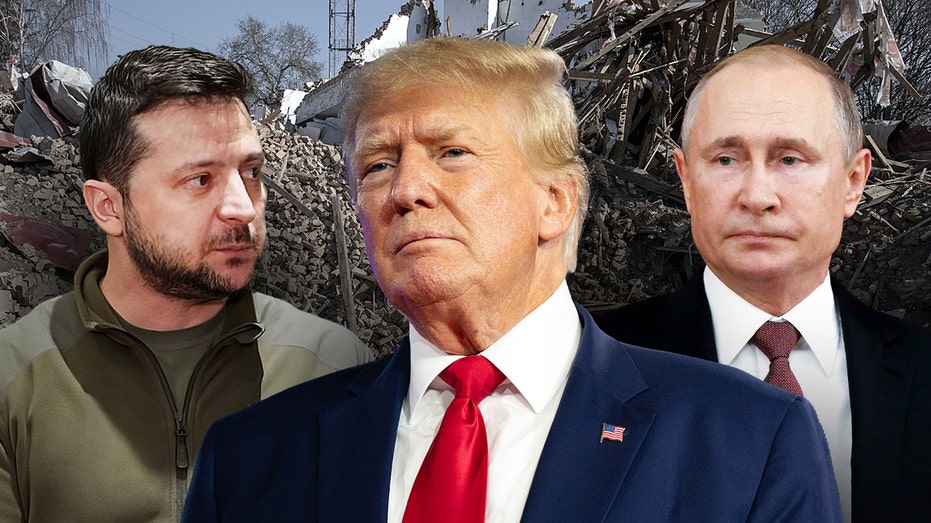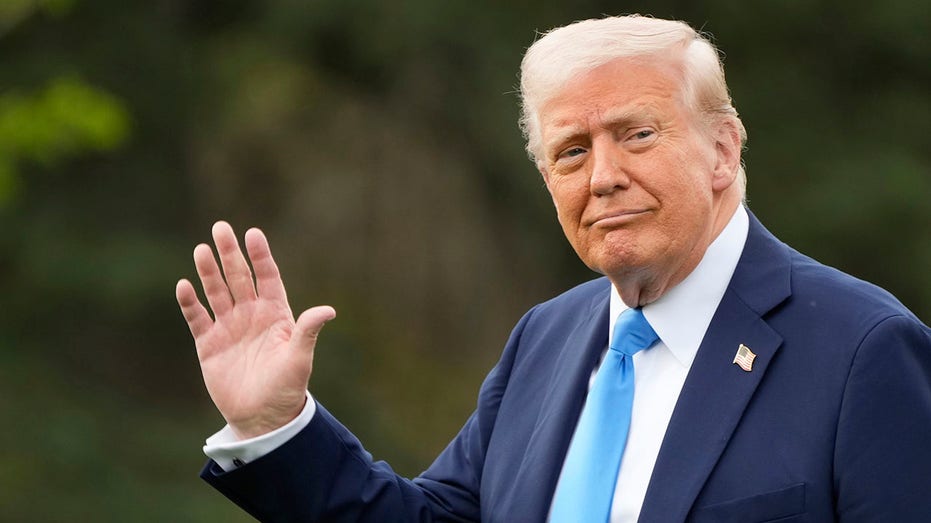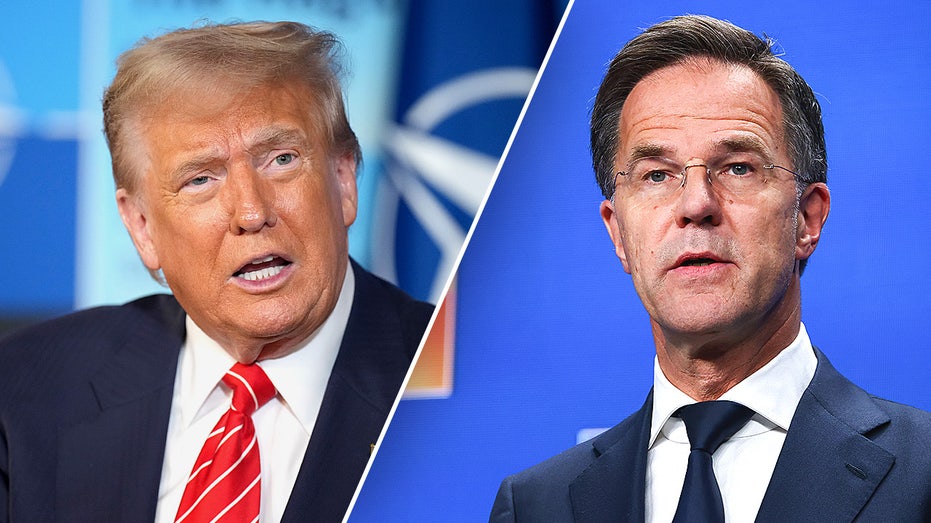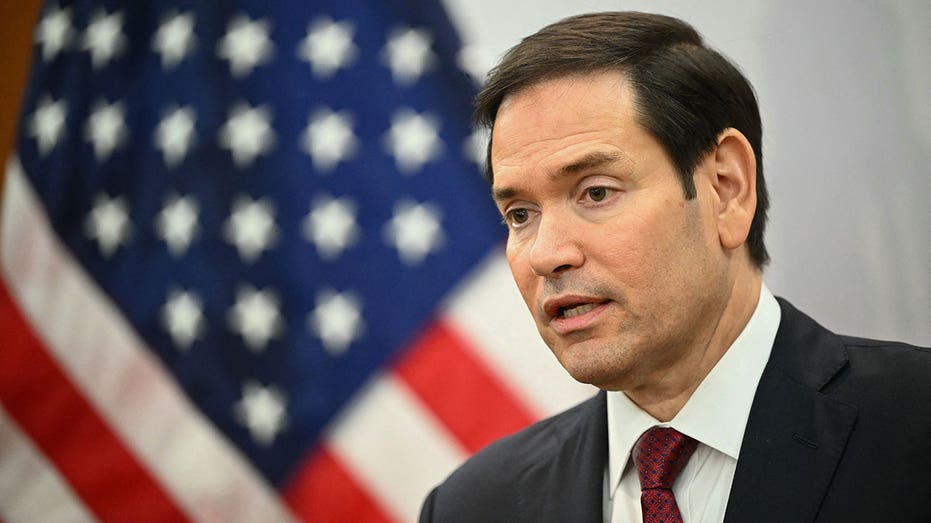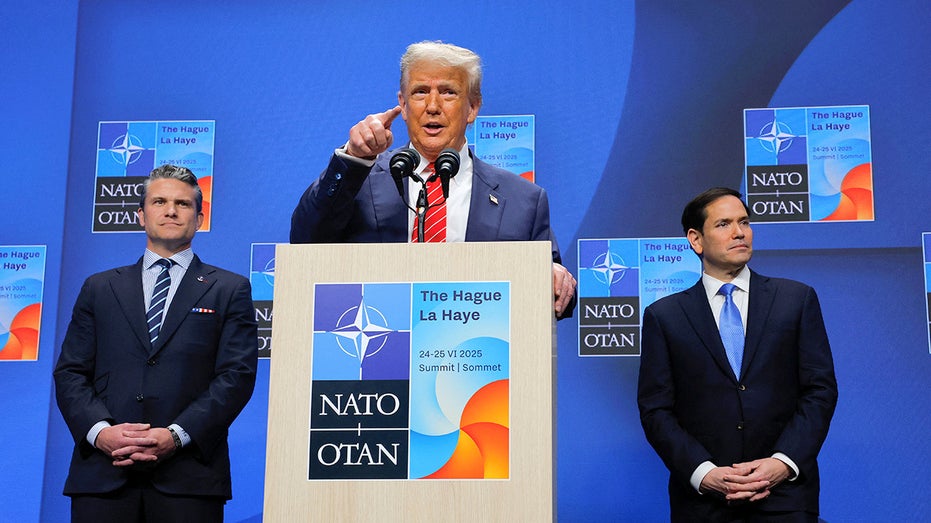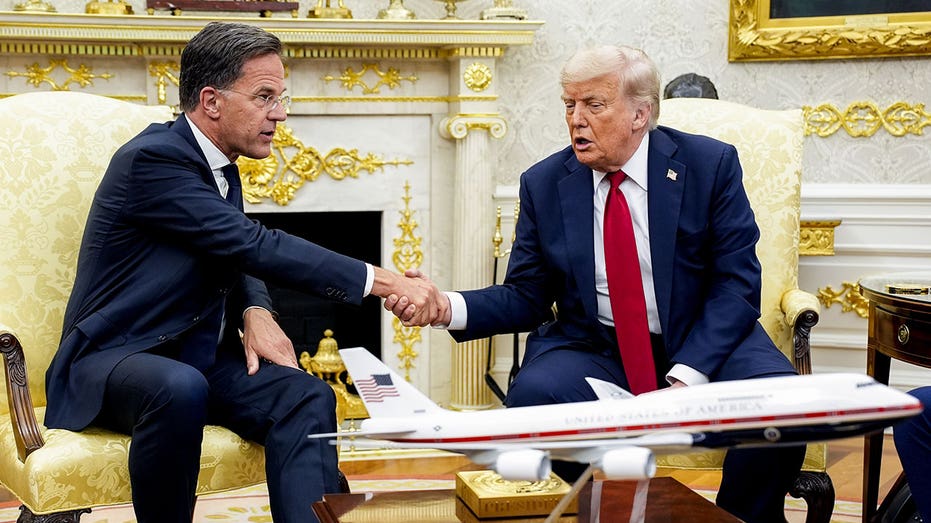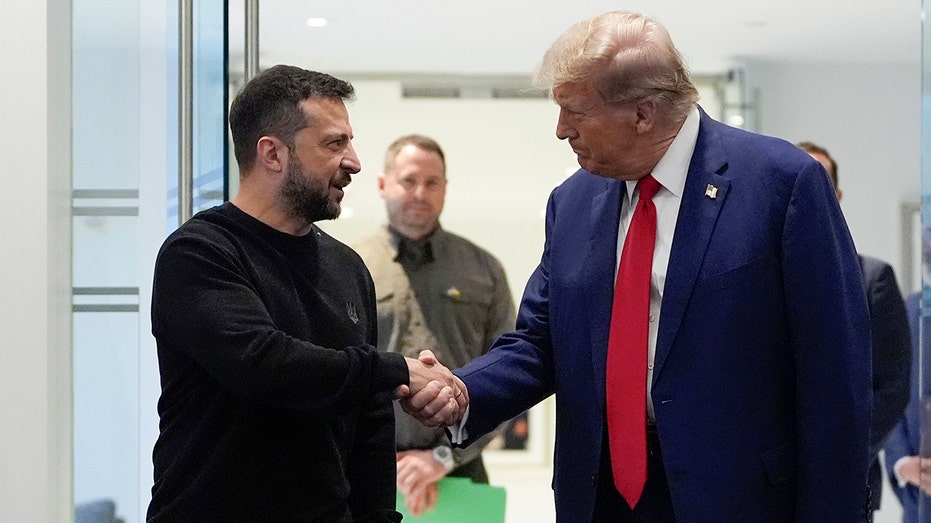Trump Shifts Russia Strategy: Arms Ukraine, Threatens Putin with Sanctions

Sarah Johnson
July 27, 2025
Brief
Trump shifts strategy on Russia, backing Ukraine with NATO arms and threatening sanctions to push Putin toward peace negotiations.
President Donald Trump has taken a sharp turn in his approach to the ongoing conflict in Ukraine, moving from diplomatic overtures to a more hardline stance against Russian President Vladimir Putin. This month, marking a significant shift since his return to the White House, Trump has not only reaffirmed his support for Ukraine through a major NATO arms agreement but has also issued a stern ultimatum to the Kremlin: negotiate peace or brace for severe international sanctions targeting Russia’s lifeblood—oil sales.
This bold move has sparked a spectrum of reactions. While some applaud Trump’s decisiveness, others remain skeptical about its immediate impact on Putin’s aggressive posture in Ukraine. Security experts suggest that while the strategy holds promise, it could take years to bear fruit. Fred Fleitz, a seasoned advisor from Trump’s first term, emphasized to reporters that the President is committed to pushing Putin toward genuine negotiations, refusing to accept hollow promises from Moscow.
Trump’s campaign rhetoric of swiftly ending conflicts in Ukraine and Gaza has proven far more complex in practice. Even within his own party, opinions are divided. Rep. Marjorie Taylor Greene, a vocal Trump ally, has publicly opposed further U.S. involvement in foreign wars, advocating instead for a focus on domestic issues. Meanwhile, Trump’s agreement to supply NATO nations with top-tier U.S. arms for Ukraine counters arguments from figures like Vice President JD Vance, who has questioned the sustainability of such military support.
Speaking alongside NATO Secretary General Mark Rutte, Trump underscored the importance of a strong Europe, signaling a nuanced balance between his America First doctrine and international alliances. On the battlefield, experts argue that Ukraine’s future negotiating power hinges on its ability to strike deep into Russian military infrastructure—a capability that needs bolstering through long-range weaponry.
Looking ahead, Fleitz and other analysts propose that an armistice might be the most feasible resolution, potentially involving Ukraine’s temporary abstention from NATO membership in exchange for robust Western armament. Whether this vision materializes remains uncertain, but one thing is clear: Trump’s evolving strategy signals a readiness to adapt, blending diplomacy with decisive action in a high-stakes geopolitical chess game.
Topics
Editor's Comments
Well, folks, Trump’s playing a high-stakes game of poker with Putin, and he’s just raised the bet with a NATO-sized stack of chips. Threatening oil sanctions? That’s like telling a bear you’re locking up the honey jar. Let’s hope Putin doesn’t call the bluff—or worse, decide to raid the pantry anyway. And here’s a thought: while we’re arming Ukraine to the teeth, maybe we can sneak in a peace treaty written on the back of a sanctions notice. Call it the art of the deal, Kremlin edition!
Like this article? Share it with your friends!
If you find this article interesting, feel free to share it with your friends!
Thank you for your support! Sharing is the greatest encouragement for us.
